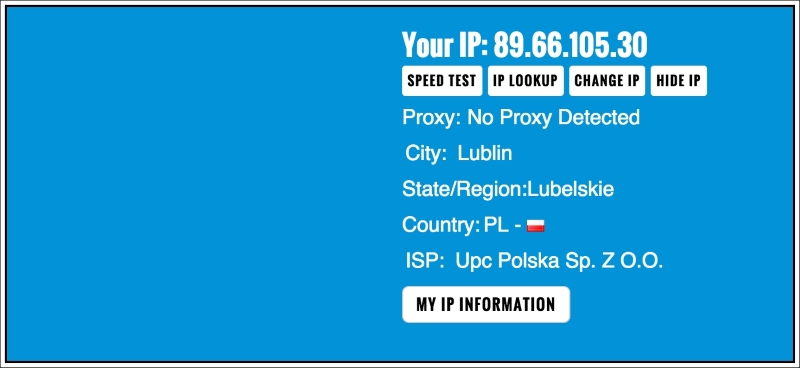Removing the need for a third party
In the last section, we saw how to access our interface from anywhere in the world by running software on our computer, called Ngrok. However, we will see that there are other ways to do the same without using Ngrok: but these other ways are a bit more complicated.
One way is to use the parameters of your internet router to automatically forward the connections from outside to your local Galileo board. For this, you need to perform the following steps:
First, you need to know the IP address of your router.
Note
Note that this is not the IP address of your local computer, but the one of your router. Visit the following link:
Your IP address will immediately be printed on the screen:

Now, we need to modify our router settings to forward connections from this external IP to our Galileo board. We'll use a given port for this, such as
3001.First, you need to know the local IP address of your router. This can be done in most systems by...
























































